Introduction
This is a continuation of the flooring recommendations discussed in the previous blog article Aging in Place - Part 14 - General Interior Flooring with more of a specific focus on the benefits & drawbacks to the various exact styles of flooring available (ranging from common surfaces such as hardwood and vinyl to more unusual choices such as rubber).
Since hard flooring is generally recommended for optimal accessibility (especially for main interior floor surfaces outside of the bedroom), those varieties will be the main focal point for the brunt of this section. General Flooring Recommendations
If available, sheet flooring is recommended for hard floor surfaces instead of multiple tiles as sheets provide more liquid resistance (without the possibility of standing water or other liquids seeping into the seams or cracks between tiles). In addition sheet flooring poses less of a tripping hazard with the potential of uneven edges that come with tiling. Where a hard surface is preferable, it's more optimal to choose a particular floor style that has added surface texture for slip resistance as well as some slight cushioning underneath for shock absorption during falls. The cushioning should still remain firm and not too thick, otherwise those users with balance issues will find the floor harder to traverse.
If using a carpeted surface, it should be uniform throughout with wall to wall carpeting used over area rugs that pose greater tripping risks with their exposed edges. The carpet height should be short with low-pile (preferably less than 1/2" tall with nothing higher than a mid-pile style at the most), as well as firm with dense fibers. These smooth, tight, and even surfaces will be easier to traverse across particularly with wheeled mobility aids. In particular, high-pile plush carpets can pose a tripping risk for those seniors who drag their feet, have mobility problems, or have other basic balancing issues. While softer carpeting can be good for cushioning during falls, it must still be firm enough to easily maintain one's balance. Uniform low-pile carpeting can sometimes be more slip resistant than certain non-textured hard floors (such as polished marble). While the carpet should always be securely attached to the floor underneath to make certain that it can not slide nor bunch, extra cushioning and padding can be added underneath for better shock absorbance when falling as well as to help to extend the life of the above carpet. This extra padding can take the form of quality high-density foam or felt padding that should still be firm & thin enough not to have a detrimental effect on maintaining balance. Hard Flooring Comparisons
Due to its low maintenance, higher durability, and ease of use, cushioned varieties of hard floor surfaces are generally what is optimally recommended when it comes to universal design & accessibility. Keep in mind that while some flooring options may be more expensive than others that the cost of recovering from an injury due to tripping or falling would be exponentially greater, and thus the safety of the floor surface should be paramount when it comes to planning to age-in-place.
Part 1 - Introduction
Part 2 - Exterior Part 3 - Landscaping & Gardens Part 4 - Patio, Porch, & Deck Part 5 - Garage & Carports Part 6 - Entrances, Exits, & Thresholds Part 7 - Exterior Steps & Ramps Part 8 - Threshold Lighting & Windows Part 9 - Interior Doors & Halls Part 10 - Interior Steps & Staircases Part 11 - Interior Stairlifts Part 12 - Interior Elevators Part 13 - Living Room Part 14 - Kitchen View the Rest of the Series
0 Comments
Leave a Reply. |
AboutNews updates, tips, and guides on senior care, senior health, stress relief and a host of other caregiving related topics from the professionals at Ella Stewart Care. |

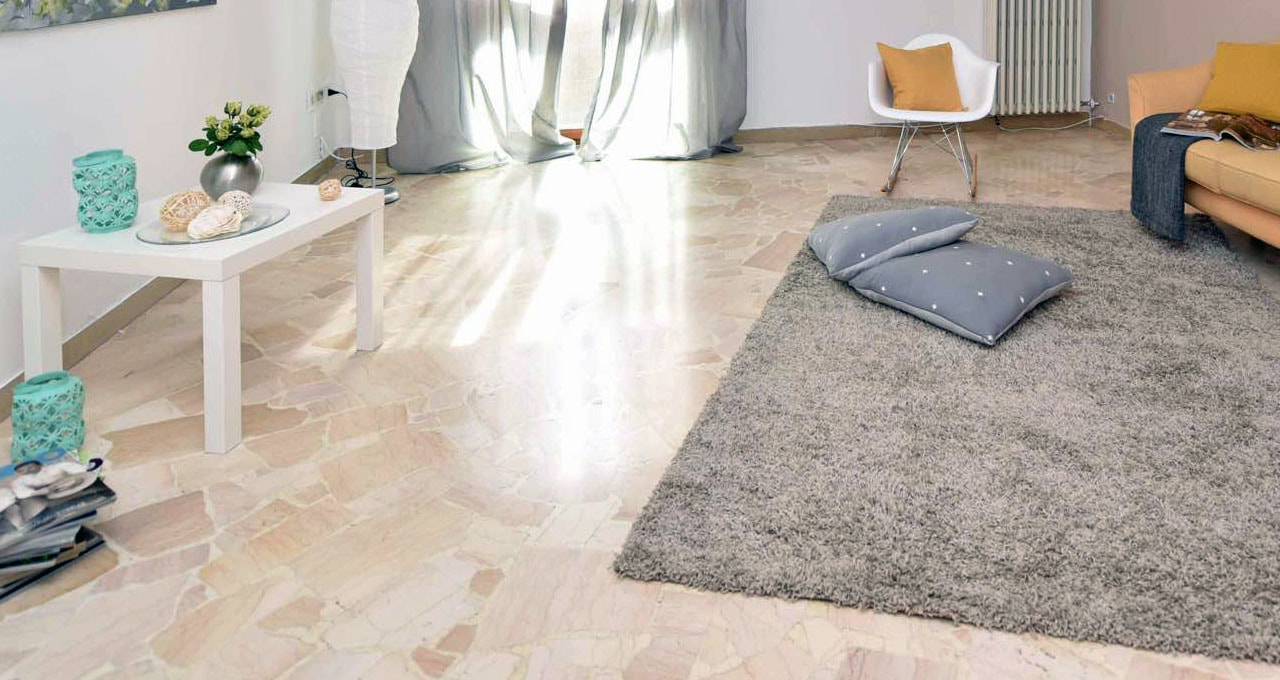
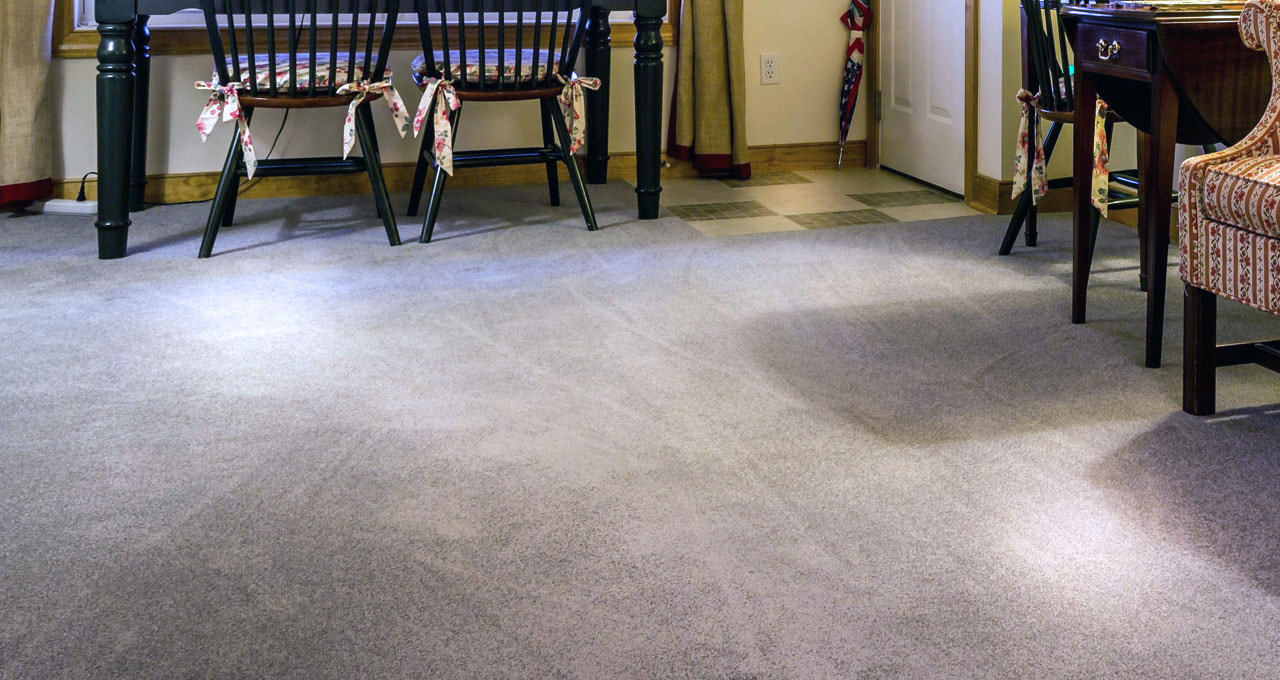
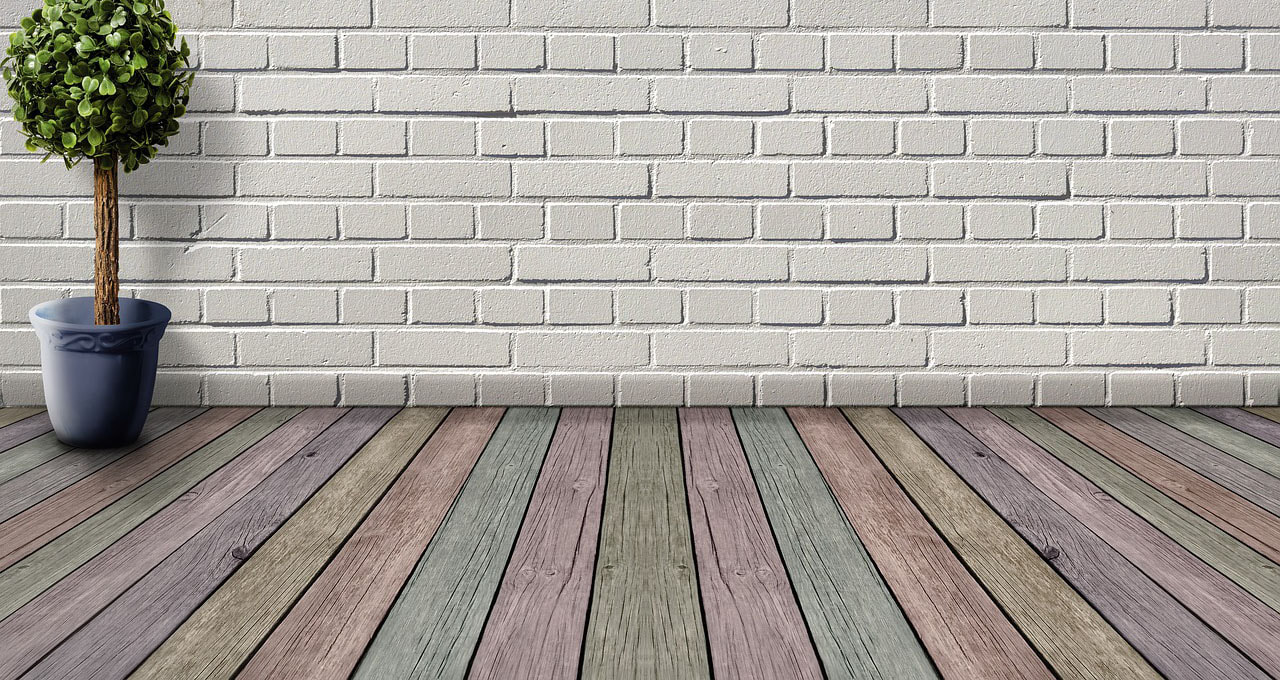
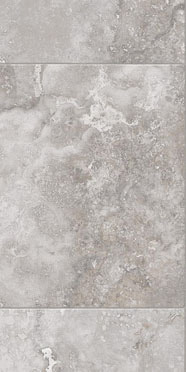
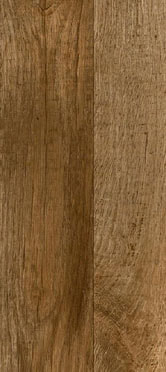
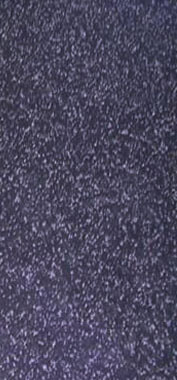
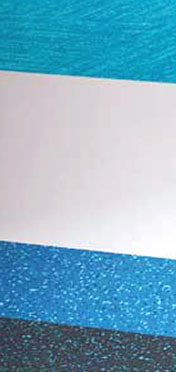
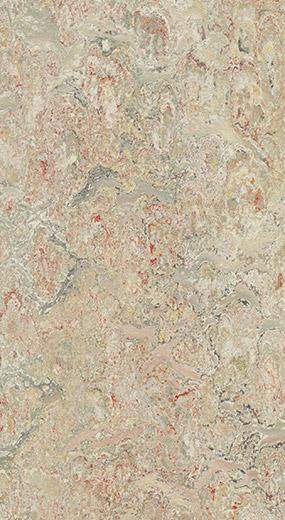
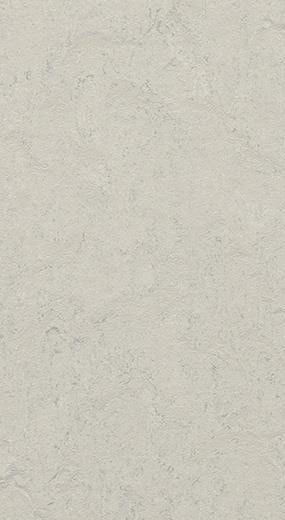
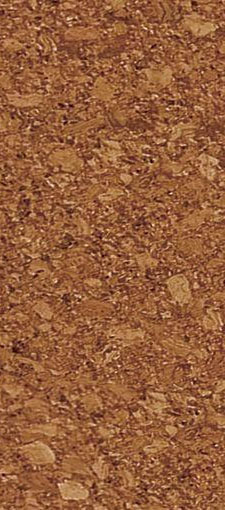
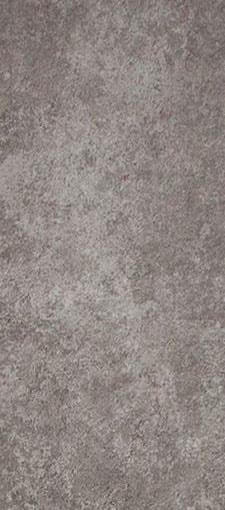
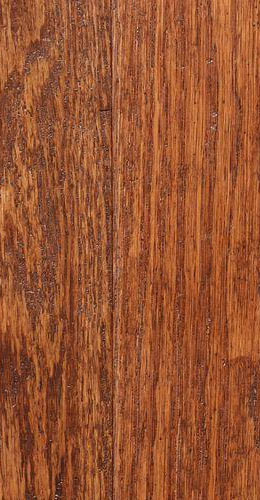
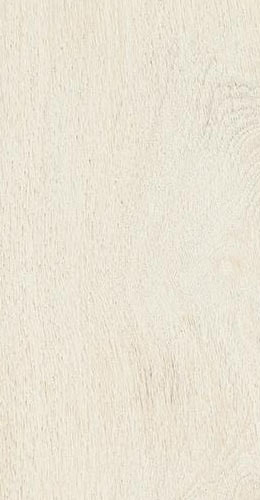
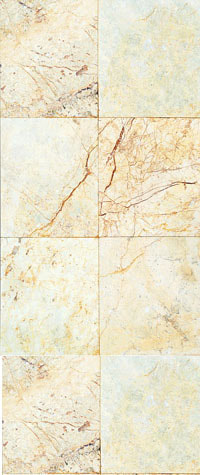
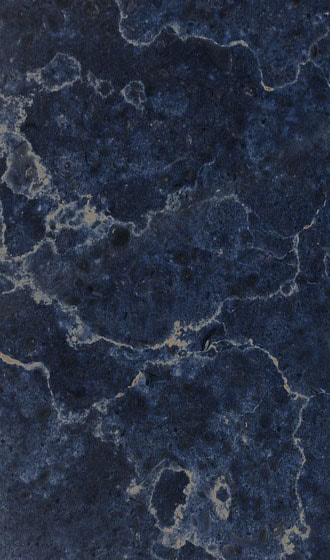
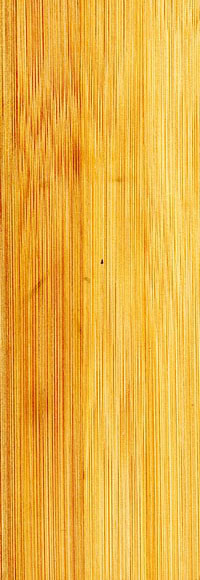

 RSS Feed
RSS Feed
